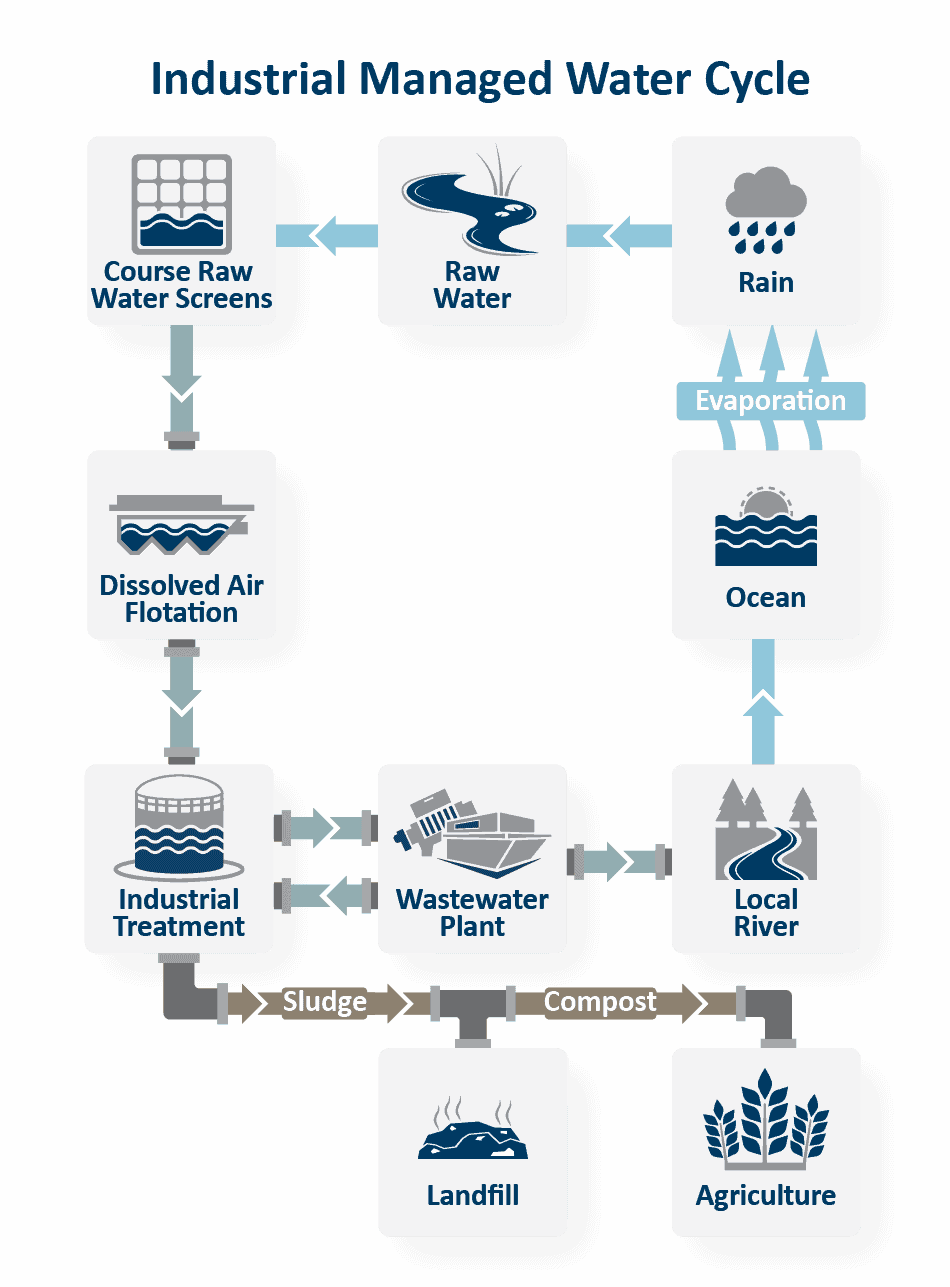As the delegates of the 2022 Pacific Water and Wastewater Association return to their home nations, it is time to reflect on a way forward for water in the region.
Drinking water is on its way to being well catered for, but now in a time of climate change, the conference gave us a moment to reflect on liquid waste as a way to build resilience and water security.
The following transcript was delivered at the conference by Hydroflux’s expert in decentralised solutions, Mr Paul Cobbin. Paul is a strong advocate for sustainable communities across the Pacific.
Good afternoon honourable ministers, utility heads, delegates, ladies and gentlemen.
Here we are in Fiji, one of the jewels of The Blue Pacific Continent, a collection of 30 plus Pacific Nations consisting of 98% water, and ironically we are here this week talking about resilience and water security.
As a collection of Utilities, policy makers and industry participants, there is a common problem.
Firstly on a global scale, the real concerns of the Blue Pacific Continent are falling on deaf ears and that appears to be a common sentiment this week at the Ministerial Forum.
If the world isn’t listening then, we as the corporate ecosystem of the Pacific water sector, we need to do more within our networks to find a solution. My first experience as a young green site engineer in the Pacific was installing a plant in the highlands of Papua New Guinea in 1997, now, apart from being in a foreign country in the middle of a military coup, I remember being amazed at the size of the night insects on my hut wall, the number of insects was incredible and the moths were huge. I was back at that same mine just before COVID offering guidance to the client and unfortunately, the moths and the insects were gone.
The climate crisis is real, those insects in the PNG highlands were my personal canary in the cage, and the impact on the Pacific is going to be uncomfortable. We all need to work together to build resilience and avoid the worst impacts for our communities.
A HOLISTIC APPROACH
The most important takeaway from my presentation was what you see in the infographic.
A holistic approach. It’s not just about cash strapped utilities building more capacity and fighting climate change. It’s about paying attention to every touch point of the managed water cycle and capitalising on each element to the greatest extent.
The managed water cycle is the entire water cycle, from the natural processes starting with rain filling our catchments, to the treatment processes that provide our water and treat our waste, to the reuse stage for both liquid and solids reuse and finally environmental discharge.
In Europe for example, the water on your table is used and retreated approximately eight times before it gets to your mouth.
Here in Fiji today, you are the first and last person to use the water in front of you on the table.
Eight times use versus one time use, and we talk about building resilience and water security.
Currently, most of the Pacific only focus on the municipal water cycle, providing drinking water, and in some instances, wastewater services to your communities.
The second cycle, the industrial managed water cycle is hardly being touched except for a few isolated cases.
So if we consider the entire managed water cycle as two halves, a municipal half and an industrial half, you can see there is considerable growth and capacity building to be had within our Pacific economies that could build resilience and improve water security.
The presentation continued to walk the audience through examples across the managed water cycle from raw water intakes to food and beverage treatment, general industry and decentralised solutions for communities and resorts.
The climate crisis is real, our Pacific communities are feeling the stress, and it would be impressive if we could save those moths and insects I saw so much of 25 years ago by starting with trade waste as an area to increase resilience and water security. It is imperative for our future to share the burden and responsibility of protecting our communities by encouraging business and industry to become sustainably focused with water consumption and treatment.
